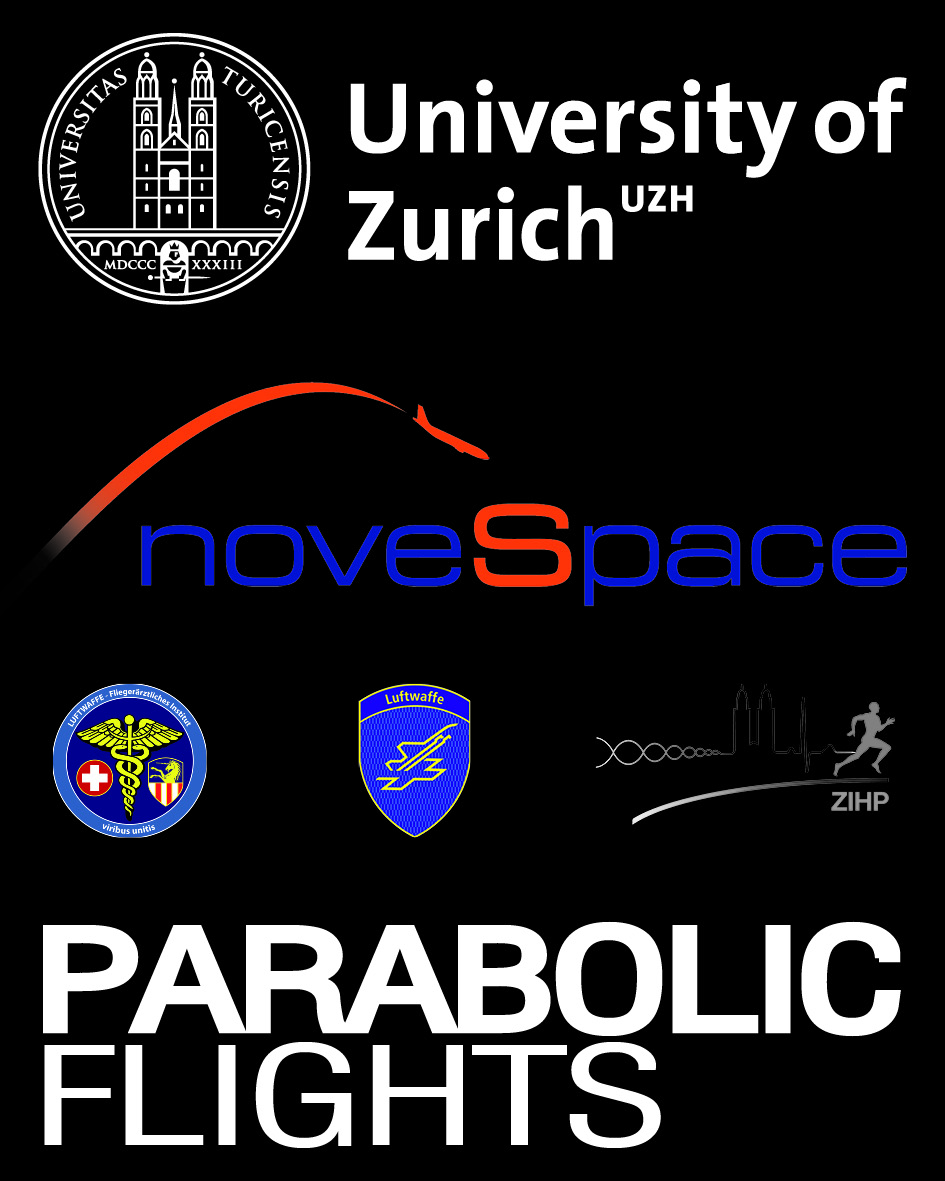CELLBOX-PRIME-2
The CELLBOX-PRIME-1 Experiment was processed and launched through a partnership between the German Space Agency (DLR), Airbus DS and NanoRacks. CELLBOX-PRIME-1 launched aboard the SpaceX CRS-3 Mission to the International Space Station (ISS) on April 18, 2014. CELLBOX-PRIME-1 investigated microgravity-associated long-term alterations in primary human macrophages, which are responsible for attacking, and killing bacteria and other foreign and pathogenic intruders in the human body. The immune system is one of the most affected systems of the body during space flight and cells of the immune system are exceptionally sensitive to microgravity. CELLBOX-PRIME-1 successfully returned from the ISS and was examined at the University of Zurich.
The parabolic flight experiment CELLBOX-PRIME-2 focusses on the most important and – partially surprising – findings of the CELLBOX-PRIME-1 mission. CELLBOX-PRIME-2 will investigate, if the detected alterations in microgravity are rapid and reversible and therefore accessible to in-depth studies using parabolic flight platforms. In a second sub-experiment, we will conduct chromatin-immuno-precipitation-DNA-sequencing (ChIP-Seq) studies in order to elucidate transcription factor activity related to altered gene expression in microgravity. In the third sub-experiment, which has been initiated and performed by the Universiti Putra Malaysia (UPM), the effect of microgravity on gene expression in human endothelial cells will be investigated, with a special focus on mechanisms of ageing and cardiovascular dysfunction.
Conducting research in space enables us to better understand life on Earth. From these results we may deduce which conditions are crucial for the development of complex life and whether Earth is the ideal place for the necessary cellular processes. The experiment should reveal the properties of the cell architecture and metabolism that depend on Earth’s gravitational force – and whether gravity might be a key prerequisite for the existence of complex multicellular organisms. The basic research has a direct practical benefit: The experiment provides key data that enables us to gauge the risk on future spaceflights more effectively and to understand mechanisms of terrestrial diseases.
Contact:
Prof. Dr. Dr. Oliver Ullrich, University of Zurich
Dr. Svantje Tauber, University of Zurich
Dr Ahmad Faizal Abdul Razis, Universiti Putra Malaysia (UPM)
Dr Mohd Roshdi Hassan, Universiti Putra Malaysia (UPM)
HYPOXIA
Hypoxia-inducible factor-1 (HIF-1) is the master regulator of acute cellular emergency response to oxygen shortening. The alpha subunit of HIF-1 (HIF-1a) is constitutively produced and, in the presence of oxygen, degraded within seconds. In hypoxic conditions, however, HIF-1a is immediately stabilized and translocated into the nucleus where it forms a heterodimeric transcription complex with ARNT. During the parabol flight we will investigate if and how cellular HIF-1a stabilization and translocation is affected by short periods of microgravity. Whereas HIF-1a stabilization will be assessed by quantitative Western blotting, nuclear translocation efficiency will be investigated using immuncytochemistry. We expect to find new insights on the impact of microgravity on the cellular response to hypoxia.
Contact:
Prof. Dr. Max Gassmann, University of Zurich
Prof. Dr. Johannes Vogel, University of Zurich






